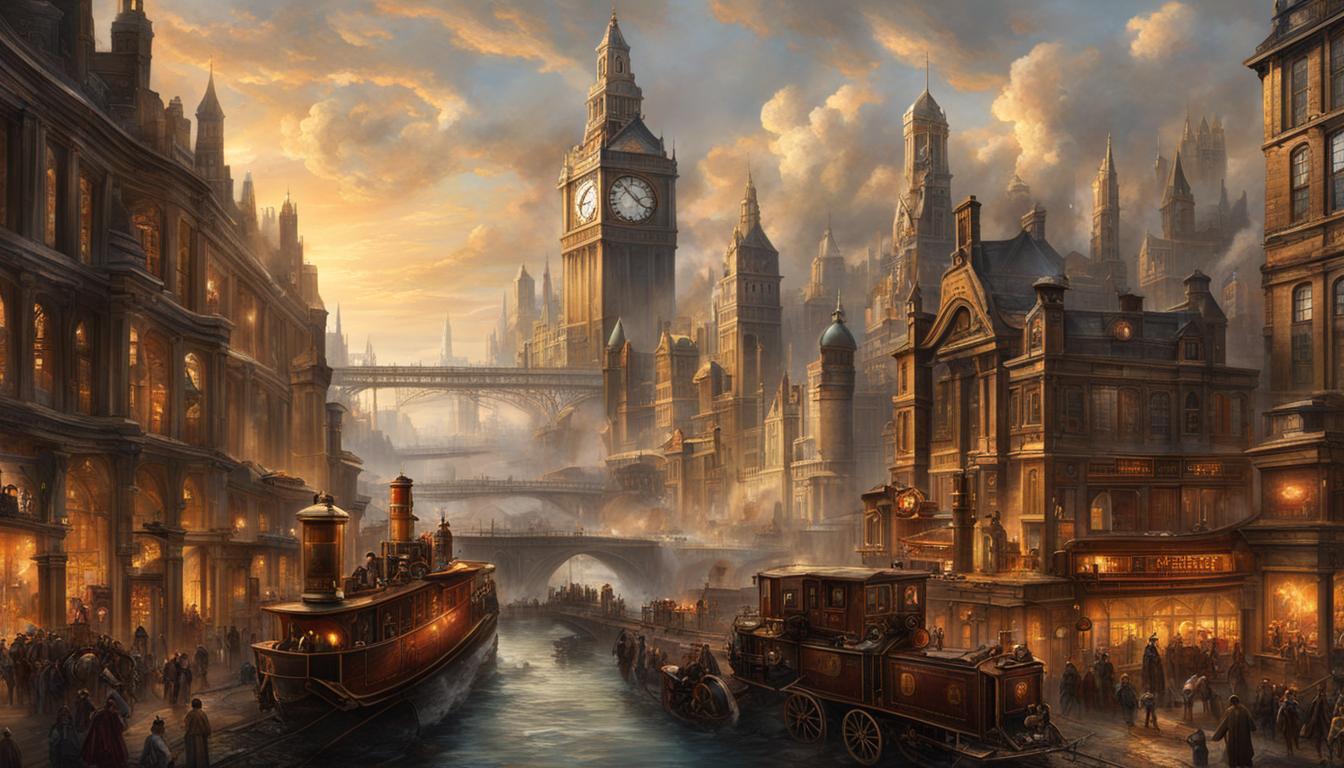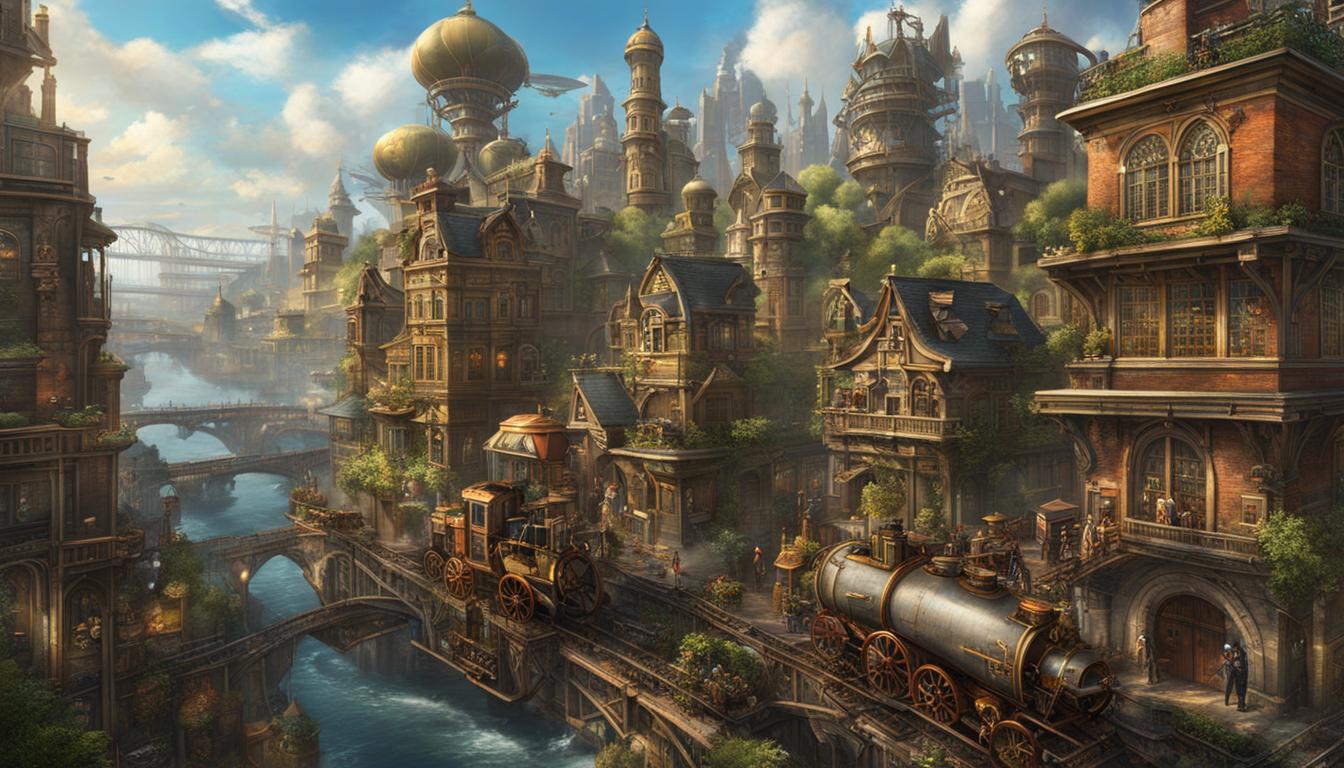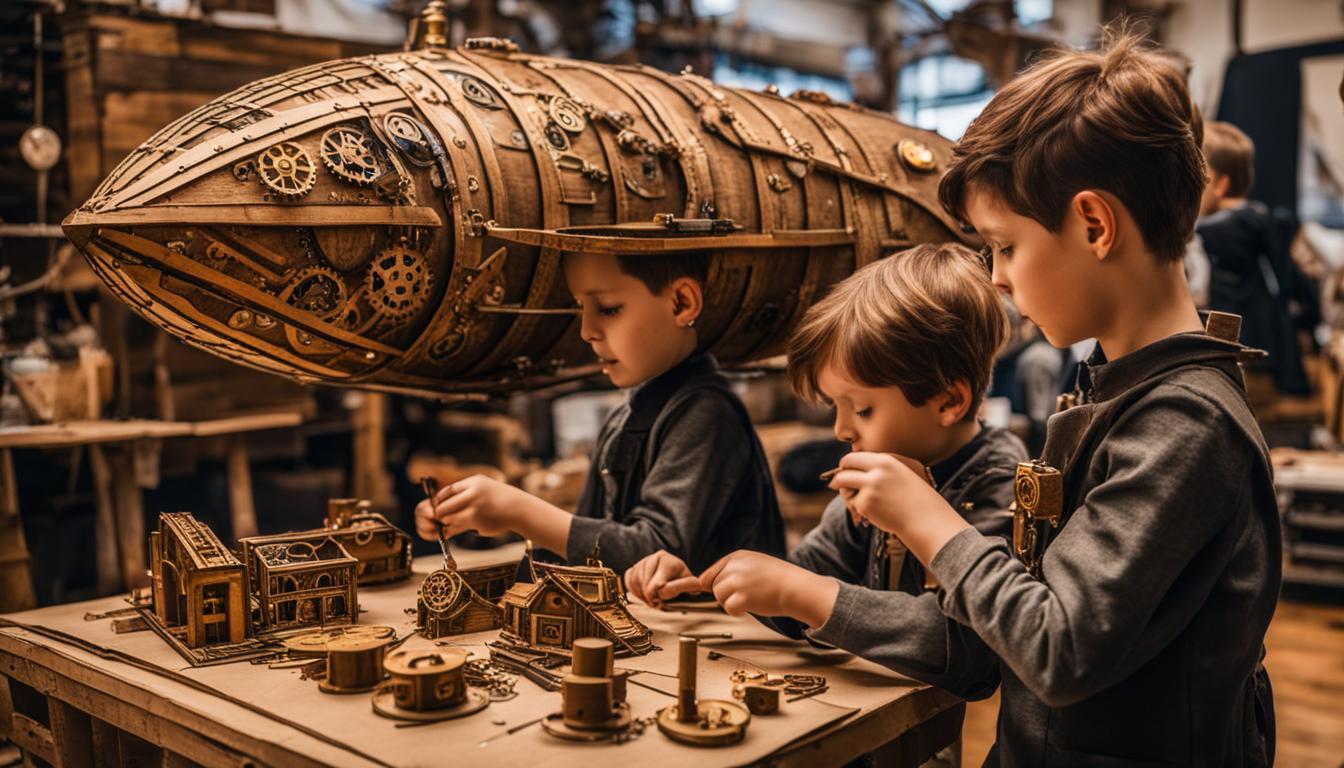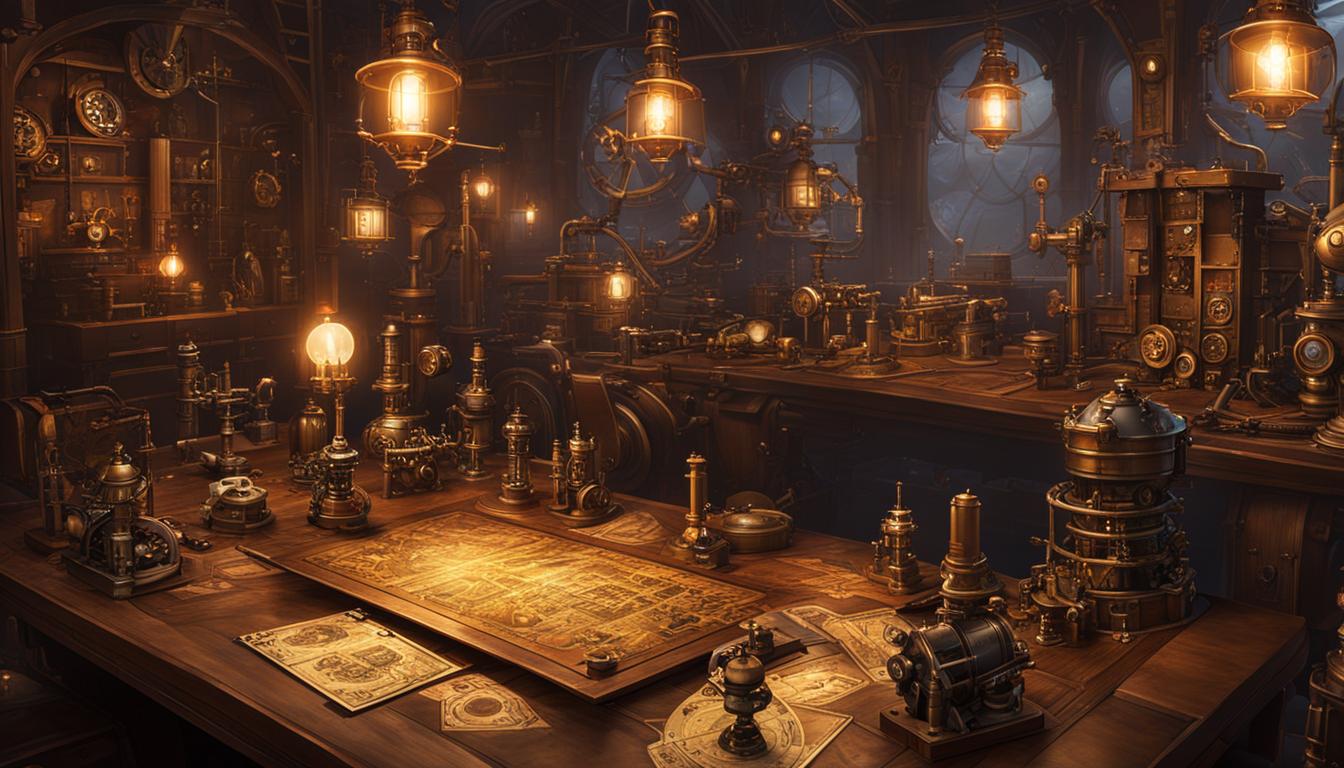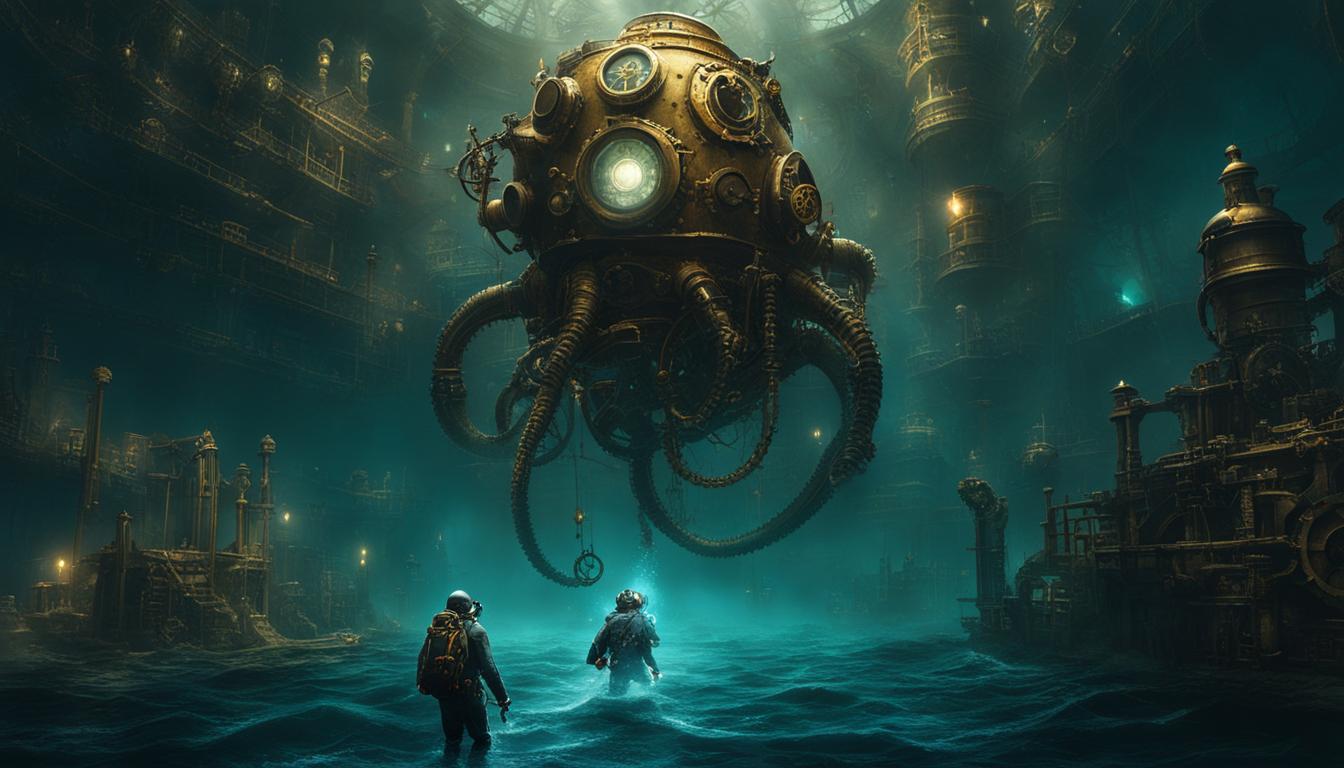Steampunk, a captivating subgenre of science fiction, has risen in popularity in recent years, captivating audiences through its unique blend of Victorian era aesthetics and futuristic concepts. One of the defining elements of Steampunk is its exploration of alternate histories, envisioning a world where the timeline diverges from our known history. In order to craft a compelling Steampunk narrative, authors must delve into the historical context of the Victorian era and the Industrial Revolution, combining historical accuracy with imaginative storytelling.
Steampunk stories often challenge societal norms and explore themes like rebellion, innovation, and social reform. By envisioning what could have happened if historical events took a different turn, authors create thought-provoking narratives that inspire readers to reflect on human values and the potential for change.
Key Takeaways:
- Steampunk blends Victorian aesthetics with futuristic ideas.
- Alternate histories in Steampunk imagine a world where the timeline diverges from our known history.
- To craft a compelling Steampunk story, authors need to understand the historical context of the Victorian era and the Industrial Revolution.
- Steampunk narratives often challenge societal norms and explore themes of rebellion, innovation, and social reform.
- Steampunk inspires readers to reflect on human values and the potential for change.
The Importance of Research in Steampunk Writing
Research plays a vital role in creating captivating and authentic steampunk narratives with historical twists. By blending history and steampunk fiction, authors can transport readers to alternate historical contexts, exploring the vast possibilities of what could have been. In order to craft a compelling steampunk tale, writers need to delve deep into their research, immersing themselves in the Victorian era and all its intricacies.
Understanding the social nuances, technological advancements, and significant events of the time period allows authors to build a believable world where historical reality meets imaginative fiction. This knowledge enables them to breathe life into their stories, inviting readers to embark on a captivating journey through time and space.
However, research extends beyond historical context. A good understanding of steam technology, mechanical engineering, and the inventions of the era is essential for creating intricate and believable steampowered devices. These inventions are often the backbone of steampunk worlds, shaping the narrative and driving the plot forward. In-depth research ensures that these devices have a logical foundation and are seamlessly integrated into the story.
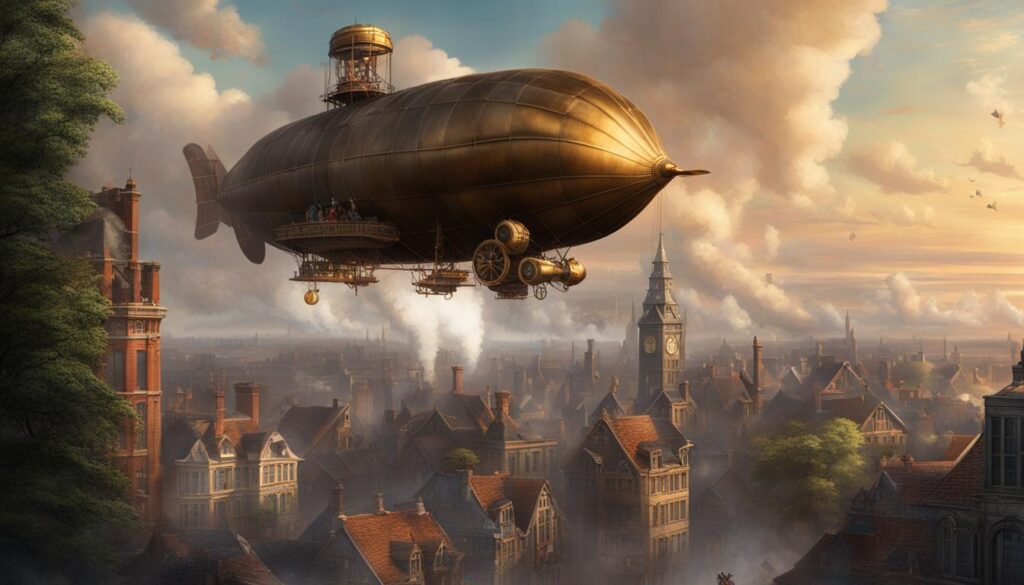
Furthermore, familiarizing oneself with existing works in the steampunk subgenre provides valuable insights and inspiration. By studying the works of established authors, writers can learn from their techniques, gain a deeper understanding of the genre’s tropes and conventions, and find new ways to push the boundaries of steampunk storytelling. Research is not only a way to ensure accuracy but also a means to foster creativity and innovation.
Worldbuilding and Design in Steampunk
Worldbuilding in Steampunk is an art that transports readers to alternate historical settings, where the past intertwines with futuristic possibilities. In these narratives with historical twists, authors challenge the boundaries of history and imagination, creating captivating stories that blur the line between reality and fiction.
At the heart of Steampunk lies the exploration of historical possibilities. By blending history and Steampunk fiction, authors reimagine the Victorian era, infusing it with fantastical elements and steam-powered marvels. It is a delicate balance of authenticity and creativity, where meticulous attention to detail brings a historical context to life while allowing room for innovation and imagination.
Steampunk design plays an integral role in worldbuilding, as it helps to shape the aesthetic and atmosphere of these alternate realities. Combining Victorian aesthetics with futuristic technology, Steampunk design evokes a sense of wonder and curiosity. DIY practices are also prevalent within this subculture, where individuals modify objects to reflect the Steampunk aesthetic, creating unique and personalized artifacts.
The Steampunk community thrives on the appropriation of designed artifacts, repurposing them for new and unexpected uses. This adds depth and individual expression to the subculture, allowing enthusiasts to embrace their creativity and push the boundaries of what is possible. Steampunk becomes not only a literary and artistic genre but a lifestyle that celebrates innovation, ingenuity, and the beauty of reimagining the past.
FAQ
What is Steampunk?
Steampunk is a captivating subgenre of science fiction that blends elements of the Victorian era with futuristic ideas. It often incorporates alternative historical narratives and challenges societal norms.
How important is research in crafting a Steampunk narrative?
Research plays a crucial role in creating an authentic Steampunk story. Authors need a deep understanding of the Victorian era, its technological advancements, and significant events to create a believable world where historical reality meets imaginative fiction.
What is worldbuilding in Steampunk?
Worldbuilding in Steampunk goes beyond creating a backdrop for the story. It involves crafting a believable alternative history where steam power plays a central role. By drawing inspiration from the Victorian era and reimagining it with fantastical elements, authors can create rich and immersive worlds.
How does design play a role in Steampunk?
Design in Steampunk often involves blending Victorian aesthetics with futuristic technology. It includes DIY practices and appropriation of objects for personal expression. Design adds to the immersive nature of the Steampunk subculture.

